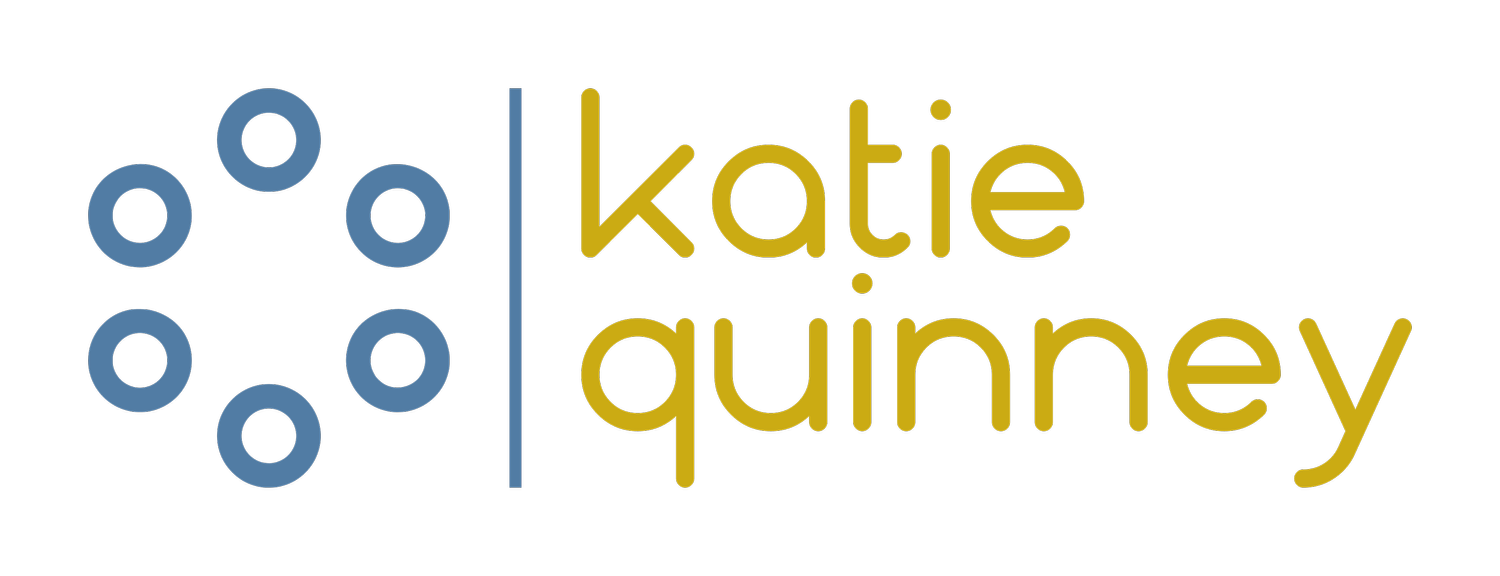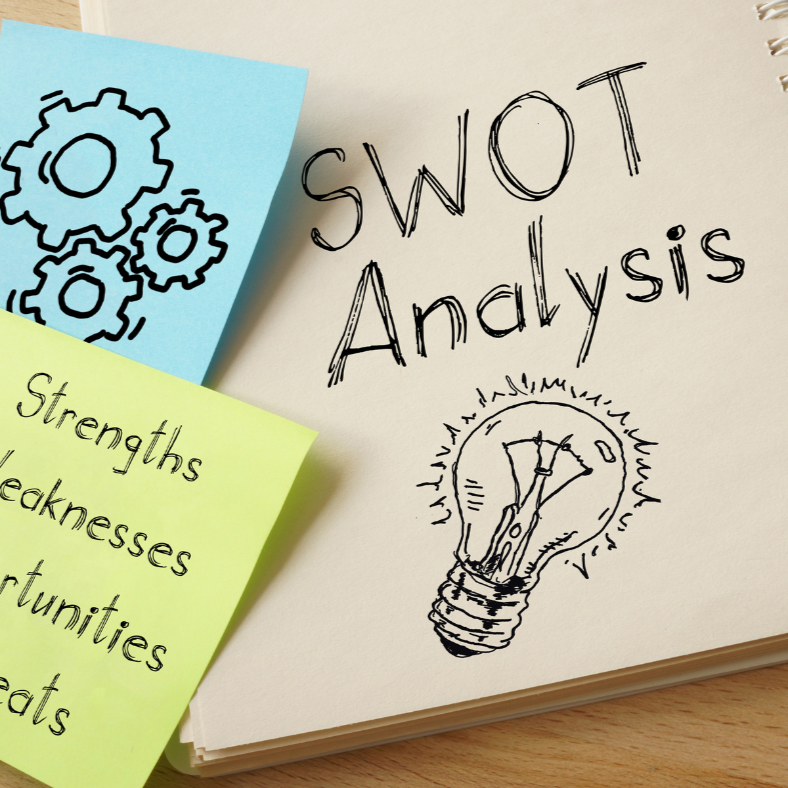Adaptive Leadership
Ronald Heifetz and Donald Laurie describe the requirements to meet the challenges of changes in our work. These ideas are grounded from a business perspective and are readily translatable to healthcare. Increasing demands, reduced funding, increasing expectations, challenges with maintaining a workforce, growing populations, and emerging (and usually expensive) treatments and tools to name a few we face.
Adaptive work and leadership are essential in navigating these challenges, yet our current structures often fall short of enabling this. Successfully unearthing solutions in an ambiguous and unpredictable landscape demands a fresh perspective—one that shifts the traditional role of the all-knowing technical expert. It calls for leaders who are willing to embrace uncertainty and foster a collaborative environment, encouraging their teams to innovate and step into the uncertainty together.
In their work they describe six principles of adaptive leadership:
Get on the balcony
The ability to see the big picture with a delightful twist is truly a unique skill. It’s not just about keeping your eyes on the game; it’s about being able to seamlessly move back and forth between the action on the ground level and stepping up to the balcony vantage point. From there, you can gain invaluable insights into the broader trends, intriguing connections, and recurring themes that often shape our experiences and decision-making in healthcare.
Identify your adaptive challenge
Take a moment to truly know what is going on within your organisation and pinpoint where the necessary changes need to occur. It’s essential to look from many diverse perspectives and viewpoints to gather this crucial information. Don't limit yourself to only relying on the loud voices or the usual group of people you regularly meet and talk with. Instead, take the initiative to speak with people who have different experiences, backgrounds, and ideas. Their insights can provide you with a broader and deeper understanding that leads to meaningful transformation.
Regulate distress
Pace the work thoughtfully, allowing staff members to engage in debates about the various issues at hand and then provide clear, decisive direction. Maintain a sense of enough pressure to encourage continuous changes and improvements, but also allow ample time and space for everyone to let off some steam and decompress when needed. Balancing these elements can help foster a healthy and productive work environment.
Maintain disciplined action
Don't avoid or step into denial when getting to the chewy aspects of the change required. Deepen the debate to unlock what is below the surface. "No one learns anything without being open to contrasting points of view"
Give the work back to the people
"Everyone in the organisation has special access to information that comes from his or her particular vantage point". Leaders need to support rather than control, encourage risk-taking and responsibility, and then have their backs if mistakes are made. To help people recognise that they contain the solutions and that the leaders really do want to hear from them can be a massive shift to make for both the leaders and those who have the solutions.
Protect voices of leadership from below
Don't silence the creative deviants and those who expose things or make you feel uncomfortable. That perspective is exactly what you need. Ask more questions - what have we missed, what are they talking about? Shutting someone down who is courageous enough to tell it from their expert lens means you'll never hear from them again - and you need their wisdom.
Moving to an adaptive leadership approach is difficult for a couple of reasons. It requires you, me, the leader, to break from the long-standing habit of being in charge, that leadership is providing solutions. "Solutions to adaptive challenges do not reside with the leaders, but with the collective intelligence of employees at all levels, who need to use one another as resources, often across boundaries and learn their way to those solutions".
Secondly is tough because it's tough for those going through it. Everyone has to take on new roles, and responsibilities. It's not OK to just turn up, do your job and head home. New behaviours and approaches have to be taken on, the pressure of reality has to be felt and understood and the responsibility that everyone has a part to play has to be shared and owned.































